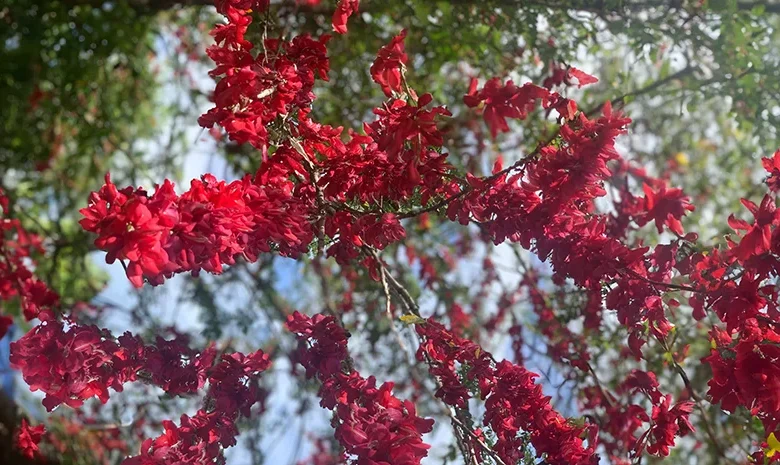National Flower of Dominica

The National Flower of Dominica, the Bwa Kwaib (scientifically known as Sabinea carinalis), is an indigenous tree selected for its symbolic representation of the island’s resilience and natural beauty. Officially legislated under the National Emblems Act of 1978, it stands alongside the Coat of Arms and National Flag as a core national symbol. The bright scarlet flowers of the Bwa Kwaib bloom during the dry season, offering a spectacular display that mirrors the strength and endurance of the Dominica people.
Cultural and Symbolic Meaning
The National Flower carries deep significance, embodying Dominica’s enduring spirit and ability to thrive despite adversity. Its vivid scarlet blooms symbolize courage, resilience, and the island’s natural beauty. The Bwa Kwaib is frequently highlighted during National Emblems Week and other celebratory events, where Dominicans take pride in representing their cultural identity and Cultural Heritage.
Characteristics of Bwa Kwaib
- Habitat: The National Flower thrives in Dominica’s coastal areas and is well-adapted to dry conditions.
- Appearance: The tree is known for its striking red flowers that bloom along the branches, particularly in March and April. These flowers make the National Flower an iconic symbol of beauty and strength.
- Ecological Importance: While its distribution in the wild is limited, the National Flower is crucial in preserving Dominica’s biodiversity. Its conservation is necessary to ensure that this national symbol continues to flourish.
National Role and Celebrations
The Bwa Kwaib is celebrated during national events such as Independence Celebrations and National Emblems Week. As the national flower, it reminds the Dominican people of their deep connection to their environment and commitment to preserving their unique natural resources for future generations.




